|
|
|
|
May 1, 2020
View in browser
|
|
|
|
|
|
The Abstract
|
|
> By Stephanie Getman, Arnold Ventures
|
|
Writing this week's newsletter, I was struck by the number of times I wrote that a policy proposal or action was “more critical now than ever amid the COVID pandemic” — probation and parole reform, removing barriers to opioid use disorder medications, relying on data and evidence to make decisions. This framing may seem tiresome and should be unnecessary, only because such reforms have always been urgent and often matters of life or death, virus or not. As my colleague and our Co-Chair Laura Arnold points out in her latest podcast episode, epidemiologists say that “pandemics fracture society along known fault lines.” Arnold Ventures has always worked to relieve the tension around those fault lines, Laura says, and the crisis has only deepened that mission. She talks to leading experts in their fields — Jeremy Travis, Arnold Ventures’ Executive Vice President of Criminal Justice, and Mark Miller, Arnold Ventures’ Executive Vice President of Health Care — about how our work is being shaped by this "new normal." It’s a wide-ranging discussion: How does surprise billing create more harm in a public health emergency? What could we be doing to better innovate and produce the drugs needed to fight this pandemic? What is the public safety value of keeping fragile populations behind bars, and who needs to be locked up in the first place, and for how long? Listen to the episode here.
|
|
|
|
|
|
50 Ideas on Probation and Parole
|
|
|
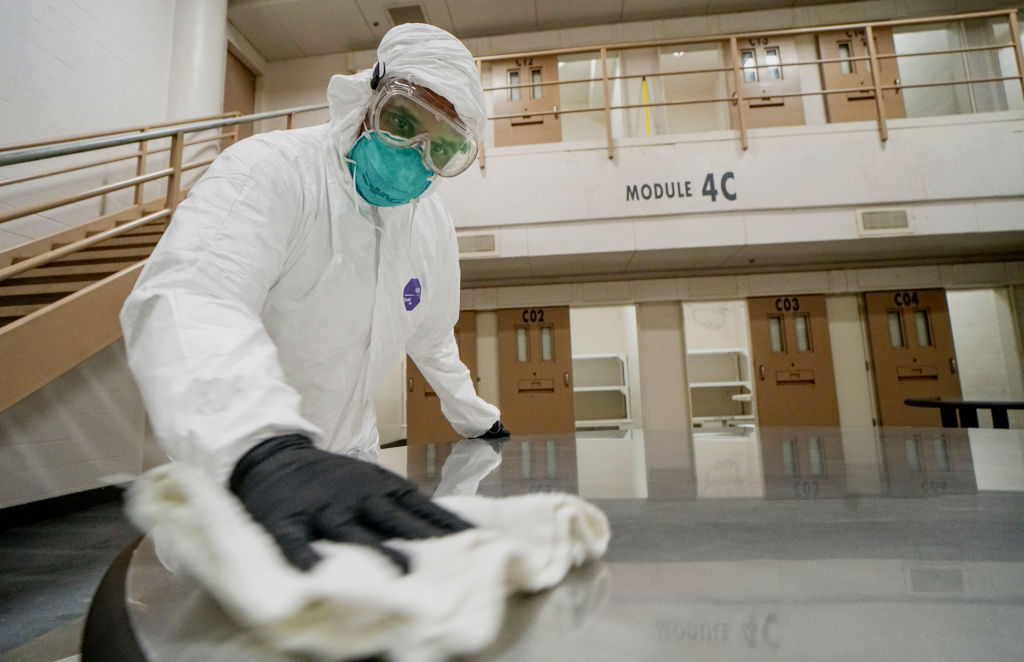
|
Raymond Rivera and Michael Tyson were both sent to Rikers for minor violations of their parole. And they were the first two people to die there after the coronavirus began spreading through the jail complex. It’s a tragedy that could have been averted with smarter policies around how we manage probation and parole in this country. “We’ve got to make sure we’re not risking someone’s life over rule-breaking that is minor and could be addressed in the community,” says my colleague Amy Solomon, Vice President of Criminal Justice. “This is a real wake-up call for state and local policymakers.”?
Community supervision, which was meant to be an alternative to incarceration, is now one of its biggest drivers, as people are sent behind bars for “technical” but not criminal reasons such as missed curfews, missed appointments, and failed drug tests.? This was a problem before COVID-19, but the implications of filling up prisons and jails with people who don’t need to be there have never been more dire. Now, a partnership between Arnold Ventures and Pew Charitable Trusts has produced a roadmap for state and local governments to improve probation and parole systems and decrease the number of those incarcerated for technical violations or placed under supervision altogether. (Today that number stands at 4.5 million, or 1 in 55 adults.)
The implications are two-fold: Keep more people out of prisons and jails and on the path to success, and save billions doing so for jurisdictions facing economic disaster. “COVID takes something that was always needed, a set of policy solutions, and makes it more urgent,” says Jake Horowitz, Director of Pew’s Public Safety Performance Project. “The promise of all this is that when jurisdictions get supervision right, there will be fewer people on it, those people will succeed more often, and fewer will end up back behind bars. That’s really the North Star that we set.”
Read the story > |
|
|
|
|
Who's Minimizing Injustice
|
|
|
Jurisdictions using data-driven strategies to divert people with mental illness and low-level crimes away from ERs and the criminal justice system — an effort that’s more critical than ever amid the COVID-19 pandemic. Here’s a startling fact: Just 97 people in Miami-Dade County, Florida accounted for a collective 39,000 days in jail, emergency rooms, state hospitals, or psychiatric facilities over a five-year period. These “frequent utilizers” are the target of a concerted, bipartisan effort to connect at-risk populations with the services they need, such as housing, mental health treatment, and substance use disorder diversion. Three test sites are at the forefront of the movement: Middlesex County, Massachusetts, Johnson County, Iowa, and Long Beach, California. They are sharing information across health, criminal justice, and social service agencies to make better decisions about the needs of frequent utilizers and to maximize public resources. “There’s a relatively small number of highly vulnerable people that cycle repeatedly through jails, emergency rooms, and shelters,” says my colleague Catie Bialick, Criminal Justice Manager. “They get fragmented, uncoordinated care at great cost to taxpayers, for very poor outcomes.”
Read the story >
Related: A Seattle program called LEAD, Law Enforcement Assisted Diversion Program, is taking a proactive approach to homelessness. Their mission is to identify people in need and help them secure housing and employment assistance. Joey Nash was living on the streets — "an everyday struggle" — before he met Kimberly Harrell, a case manager with LEAD. A simple act of outreach "literally saved my life," says Nash. Watch his story >
|
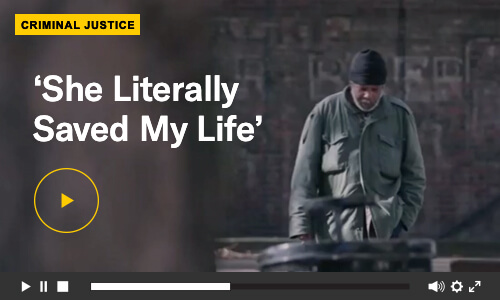
|
|
|
|
|
Who's Maximizing Opportunity
|
|
|
Jurisdictions taking advantage of the expertise Policy Labs can provide in responding to the coronavirus pandemic. We know not all heroes wear capes. They wear scrubs, uniforms, or encouraging smiles sent over Zoom classroom chats. And some wear everyday clothes as they partner with cities, states, and counties to help fight COVID-19 with their most powerful weapon: data.
As my colleague Michelle Welch, Director of Public Finance, writes, policymakers across the country are teaming up with data experts and social scientists in Policy Labs — an initiative launched by Arnold Ventures to help local jurisdictions solve their most pressing social problems (learn more about them here) — and developing effective responses to this unprecedented situation:
-
Harris County, Texas County Judge Lina Hidalgo has partnered with the Texas Policy Lab at Rice University to inform critical decisions such as the stay-at-home order and how to mitigate transmission in the county’s jails and juvenile detention facilities.
-
Rhode Island Gov. Gina Raimondo assembled a team of epidemiologists, computer scientists, economists, statisticians, and data scientists from the Department of Health and The Policy Lab at Brown University to build a model the state can use to better understand and predict the virus’ path.
-
Washington, D.C. Mayor Muriel Bowser is leaning on The Lab @ DC, an internal team of data scientists, social scientists, and design-thinkers, to support COVID response and plans for how to ReOpen DC.
- Los Angeles is working with the California Policy Lab on outreach and services to the homeless and adapting the state’s Unemployment Insurance program to unparalleled demand (more than 10 million claims in the past two weeks).
- Several jurisdictions are working with the Jameel Poverty Action Lab at MIT to learn how to help low-income workers find new jobs in a recession, ensure the welfare of children, and help small business owners.
Read the story >
|
|
|
|
|
|
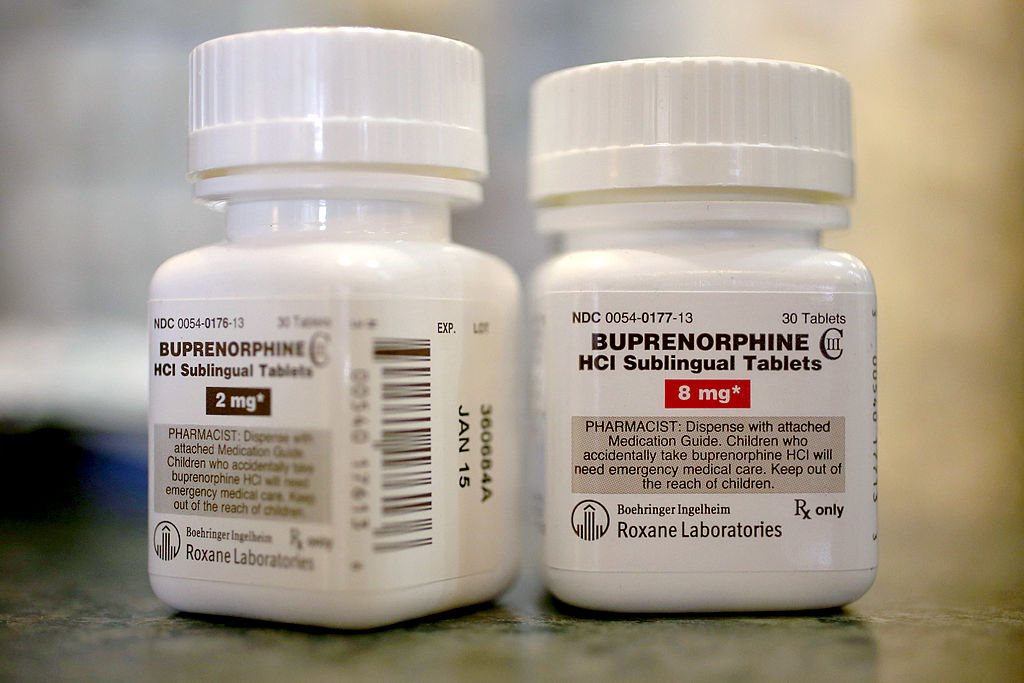
|
The Opioid Epidemic was the public health crisis everyone was talking about until COVID-19 emerged. (U.S. Surgeon General Dr. Jerome Adams gave a nod to it when he used a “got naloxone?” T-shirt in a YouTube tutorial on homemade face masks.) Experts have long called for removing prior authorization requirements for medications to treat opioid use disorder because they can keep patients from getting access to the life-saving medications they need — a situation only compounded by the COVID-19 pandemic. Now, there’s more evidence that removing such barriers will help save lives and dollars.
A new study in the Journal of the American Medical Association finds that requiring prior authorization for common medications such as buprenorphine and naloxone may be more harmful than helpful. Medicare prescription drug plans that eliminated prior authorization rules saw an increase in the use of those medications and fewer hospitalizations and emergency department visits for all medical conditions. (And anything that keeps people out of hospitals and ERs right now is a plus.)
Read the story >
Related: The American Medical Association has also recommended eliminating prior authorization as part of its guidance for treating opioid use disorder during COVID-19. |
|
|
|
|
Who is Deemed 'Essential'?
|
|
|
My colleague Asheley Van Ness, Director of Criminal Justice, argues in a new piece for our website that “street outreach workers” play a critical role in our communities during COVID-19 and thus should be added to the list of “essential workers” in any city — now and amid the economic fallout to follow.
What they do: Street outreach workers provide not only a public service function, educating people on best practices in social distancing and handwashing, but also intervene in cycles of violence and keep residents safe.
What’s next: The Giffords Law Center to Prevent Gun Violence has recommended local governments leverage federal Victims of Crime Act dollars to support outreach workers’ violence intervention efforts and allow such workers to be exempt from shelter-in-place-orders and recognized as essential service providers — now and after the pandemic.
Read the story >
|
|
|
|
|
|
| . |
An interactive research report from Institute for Justice that offers a deep dive on fines and fees in all 50 states, ranking them based on their laws. (Georgia tops the list of states most in need of reforms.)
|
|
| . |
This New York Times story about a community “stranded without a hospital.” Three have closed in this corner of rural West Virginia and Ohio after being purchased by a for-profit company, part of a disturbing trend made more ominous by the threat of the coronavirus.
|
|
| . |
A letter from Sens. Rob Portman (R-OH) and Ben Cardin (D-MD) urging the Small Business Administration not to penalize small business owners with previous criminal records during the coronavirus pandemic.
|
|
| . |
A new coronavirus tracker from The Marshall Project on the prevalence of COVID-19 among prisoners and staff.
|
|
| . |
How prosecutors can play a critical role in flattening the curve, via The Nation.
|
|
| . |
Hospitals continuing to aggressively collect debt for unpaid medical bills as many are facing the economic impacts of COVID-19, from ProPublica.
|
|
| . |
Advice from The National Academy for State Health Policy on why states need to follow federal bailout funds given to hospitals to make sure they are spent in a way that protects families, taxpayers, and employers.
|
|
| . |
A look at how the Giving Pledge, which just turned 10, has aged. Our Co-Chair Laura Arnold tells Newsweek it’s taken the conversation about giving from "abstract to concrete.” "From theory to action is critical. Sometimes people want to get involved in philanthropy, but getting started is hard. It really is. The Pledge is a very effective way to do that."
|
|
| . |
This in-depth Politico profile that traces the history of former Oklahoma state Rep. Kris Steele’s personal and political fight to reform the criminal justice system in a state that leads the nation in incarceration. “We’re awfully quick to look at incarceration as a solution. It tears families apart, it creates instability. It makes the situation much worse.”
|
|
| . |
The Wall Street Journal making the case that any federal aid to states should come with strict conditions, such as “cuts in nonessential spending, immediate and permanent reductions in public pension benefits, and other reforms to put states on a path to fiscal recovery.”
|
|
| . |
The Economist on how to think about moral hazard during a pandemic.
|
|
| . |
This Atlantic article (especially section III) on the speed with which COVID studies are allowing questionable work to enter public discourse. The need for scrutiny has never been more urgent. (h/t to the always fascinating Next Draft newsletter)
Related: Slate writes on the problems of pandemic science, covering some territory we’ve discussed in this newsletter.
|
|
| . |
Expert analysis in Health Affairs of pharma’s claim that drug pricing reform will hamper innovation.
|
|
| . |
This inspiring piece from WUSA on a group of students at the public charter school Statesmen College Preparatory Academy in Southeast Washington who are attending virtual classes 5 hours a day, shirt and tie required. (I’m lucky if my kids get out their pajamas!) Watch the video with this one.
|
|
|
|
|
|
|

|
The moving new Netflix documentary “Murder to Mercy: The Cyntoia Brown Story,” which follows Brown’s journey through the criminal justice system after her arrest at age 16 in the shooting death of Johnny M. Allen. Brown testified she was acting in self-defense but was sentenced to life in prison as a juvenile. Her case is a prime example of the system's punitive excess, and it became a global cause, with #FreeCyntoiaBrown trending on Twitter thanks to the help of Rihanna and Kim Kardashian West. Brown was finally freed last year after Tennessee’s governor granted her clemency and commuted her sentence. What struck me about the film was the distance and respect given to its subject. As the New York Times writes in its review, the film “is a quiet, elegant memoir that humanizes a systemic American challenge — and offers a narrative catharsis only possible with real-life mercy.”
Related: I was compelled recently to rewatch Ava DuVernay’s excellent 2016 documentary “13th.” This revelatory look at the intersection of race and the criminal justice system is always worth revisiting.
|
|
|
|
|
Lies, Damned Lies, and Statistics
|
|
|
By Stuart Buck, Arnold Ventures Vice President of Research
The most questionable study of the week comes from a Wall Street Journal op-ed titled, “Do Lockdowns Save Many Lives? In Most Places, the Data Say No.” The main author is TJ Rodgers, founder of Cypress Semiconductor. Along with two other entrepreneurs (none of them researchers), he did a “simple one-variable correlation of deaths per million and days to shutdown,” meaning the number of days after one out of a million residents had died until a shutdown occurred. The result: “The correlation coefficient was 5.5% — so low that the engineers I used to employ would have summarized it as ‘no correlation’ and moved on to find the real cause of the problem.”
Hmm. Just as correlation isn’t causation, the lack of correlation isn’t the lack of causation. After all, a governor of a densely-populated state with lots of international travel might correctly see a high risk of COVID-19 and decide to shut down earlier than a state that is mostly rural and sparsely populated. If the first state still sees a higher rate of COVID-19 deaths than the second state, that doesn’t mean that shutdowns don’t work — in both states, the death rate would likely have been even higher without a shutdown.
The real questions are how much shutdowns slow the transmission of COVID compared to not shutting down, and whether and how the shutdowns can be safely lifted. As to those questions, the Wall Street Journal article provides no information whatsoever.
|
|
|
|
|
|
Being away from the office has increased my consumption of many things: wine, chili cheese Fritos, and memes, to name a few. That last one is thanks to a Slack channel created by a colleague and self-identified memelord, who shall remain anonymous but gets full credit for everything in this section. (And I will bow down because the memelord agrees gif is pronounced with a hard “g.”) Our unofficial King of Memes argues memes provide a necessary outlet for workers to address feelings of alienation and promote solidarity (see: Marx’s theory of labor alienation), that “dank memes” are the best (yes, I had to look that up, and you should, too), and that in lieu of exercise, a scroll through social media early in the day will get your heart rate up (that or fumbling with the technological challenges of homeschooling). As the memelord says, why vent to a coworker about your feelings of isolation and meaninglessness when it’s much easier to send them a gif of a bemused Doc Rivers staring forlornly into the middle distance? Some other choice advice:
-
Posting your memes around 1 p.m. is ideal, data show (maybe this newsletter should try recalibrating send times?)
-
Memes shouldn’t punch down in weight — make sure the target of any joke is oneself or someone in a higher position.
-
Do not post Facebook memes. They are not suitable for work.
-
Each meme should be a lamp in the darkness, welcoming the weary salaryman or woman for a moment of respite.
Here’s hoping this week’s newsletter welcomed you for a dank moment of respite, as well as a link to my favorite meme of this whole experience (skip the ad). I know it’s hard to laugh right now, but it helps (a little).
|
|
|
|
|
|
|
The Criminal Justice and Evidence-Based Policy teams at Arnold Ventures are teaming up to learn more about what works in criminal justice reform in a new request for proposals for randomized controlled trials (RCTs) that will test programs and practices. There is no deadline for submissions.
|
|
|
|
|
Have an evidence-based week,
- Stephanie
|
|
|
|

|
|
|
Stephanie Getman develops and executes Arnold Ventures'' digital communications strategy with a focus on multimedia storytelling and audience engagement and oversees daily editorial operations and design.
|
|
|
|
|
|
|
|
|
|
|
Were you sent this briefing by a friend? Sign up here to get the AV Newsletter.
|
|
Unsubscribe ??|?? Manage?Subscriptions ??|?? Privacy?Policy ??|?? Contact
|
|
You received this message because you signed up for Arnold Ventures'' newsletter.
|
|
|
|
|
|
Copyright 2020 Arnold Ventures. 620 Eighth Avenue New York, NY 10018.
|
|
|
|
|



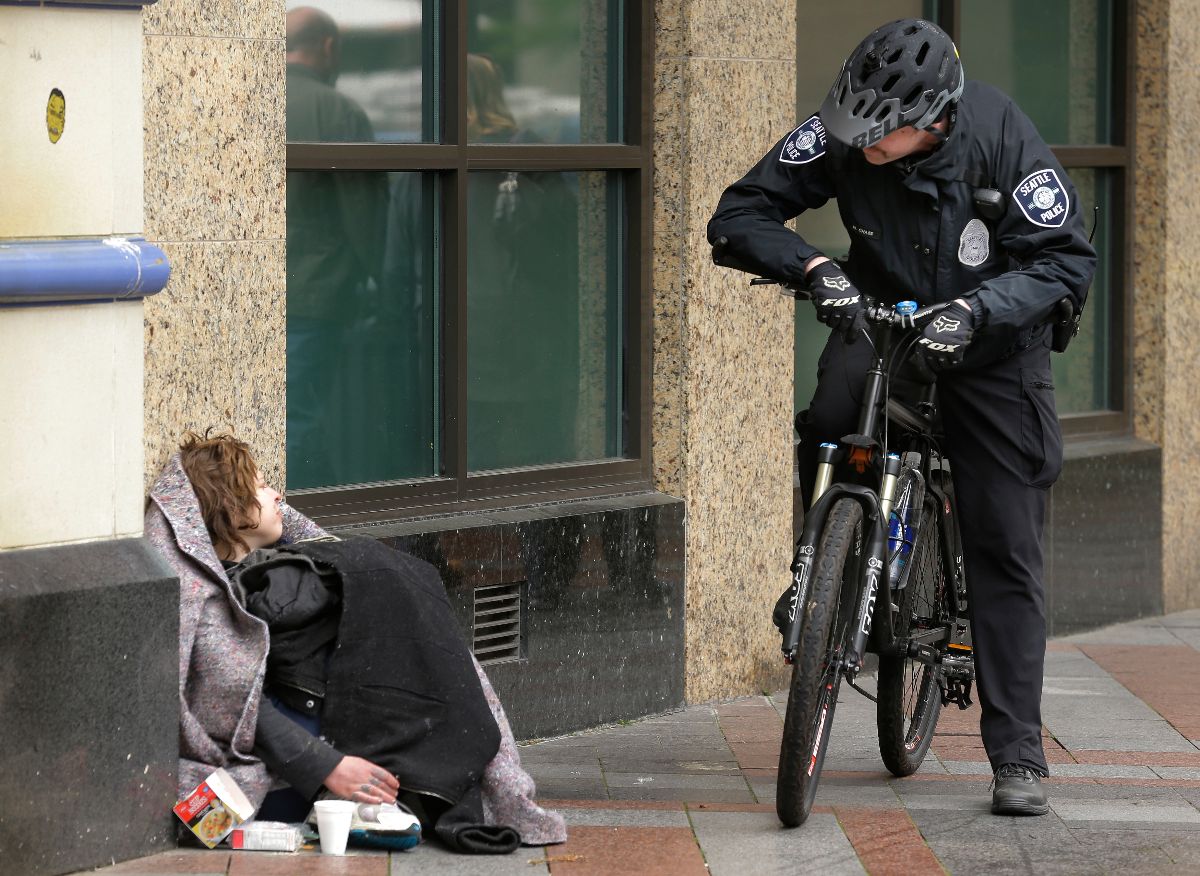

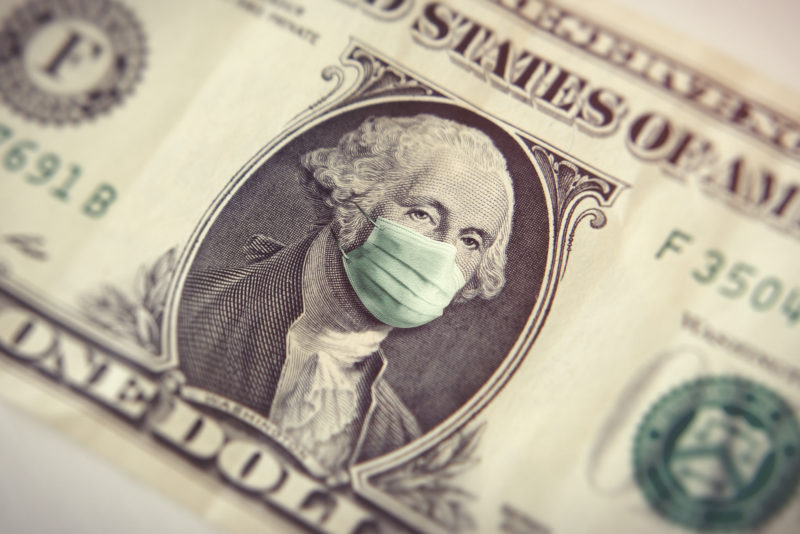







 Arts and Entertainment
Arts and Entertainment Business and Industry
Business and Industry Computer and Electronics
Computer and Electronics Games
Games Health
Health Internet and Telecom
Internet and Telecom Shopping
Shopping Sports
Sports Travel
Travel More
More